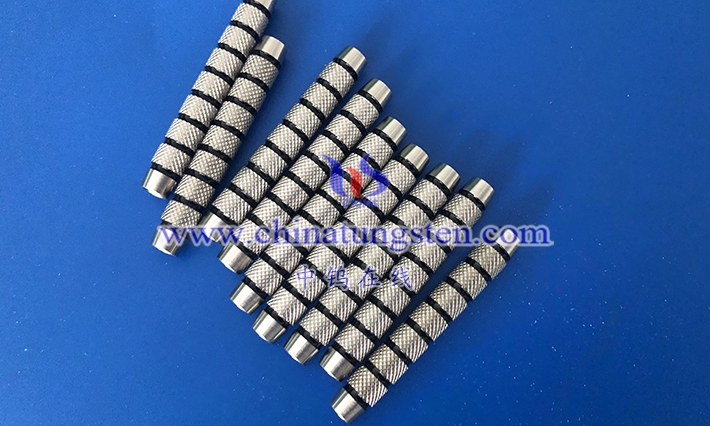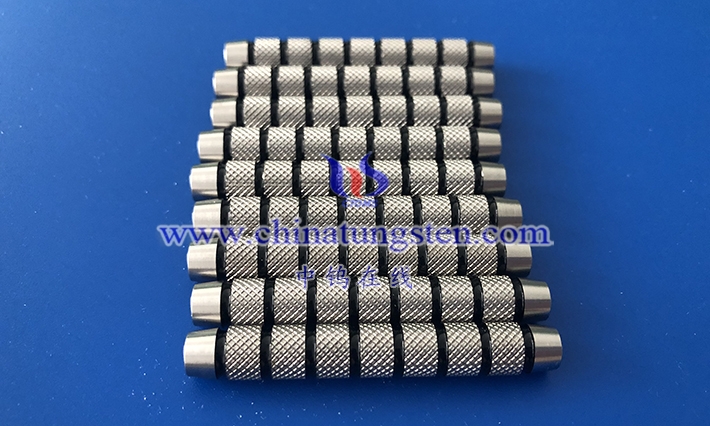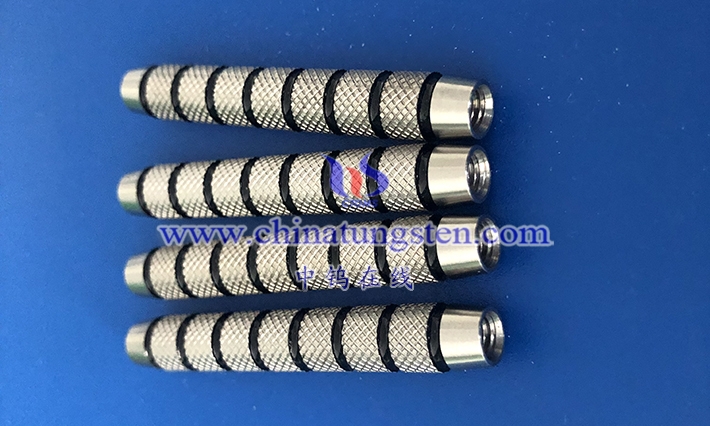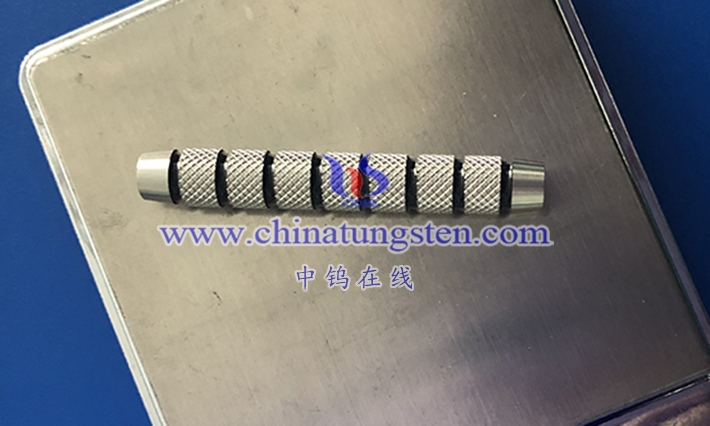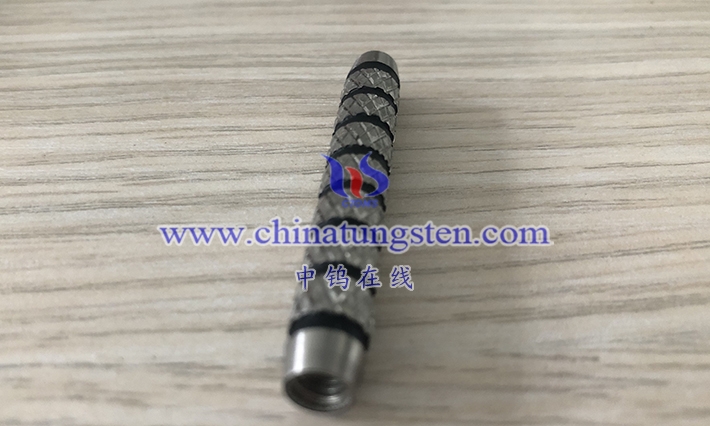Determining the optimal thickness of tungsten alloy shielding components is a process that considers multiple factors. The goal is to ensure effective radiation protection while maintaining device performance, cost, and operability. Below are the key factors to consider when determining the optimal thickness of tungsten alloy shielding components:
- Radiation Type and Intensity
The primary function of tungsten alloy shielding components is to shield against X-rays, gamma rays, or other types of radiation. Different types of radiation have varying penetration capabilities, so the shielding thickness needs to be determined based on the type and intensity of radiation.
• X-rays/Gamma Rays: X-rays and gamma rays have strong penetrating power, and the shielding effect of tungsten alloy is also influenced by the energy of the radiation. Higher-energy radiation requires a thicker shielding layer.
• Radiation Intensity: The stronger the radiation source, the greater the required shielding thickness. Shielding effectiveness is typically calculated using a radiation attenuation formula, which states that the thicker the shielding, the less radiation penetrates. - Shielding Effectiveness Requirements
The thickness of the shielding should be determined based on the desired radiation attenuation ratio. Common requirements may include reducing the radiation to one percent of background levels (typically a 10^-2 attenuation). Based on these requirements, the necessary thickness can be calculated.
• Attenuation Rate: The half-life or tenfold attenuation rule is commonly used, which indicates that as the material thickness increases, the radiation intensity decreases. For example, every time the shielding thickness increases by a certain value, the radiation intensity is halved or reduced by a factor of ten.
• Shielding Efficiency: Common shielding efficiency standards aim to reduce radiation to a 10^-3 to 10^-6 attenuation level, especially in medical environments, where higher radiation reduction is required. - Density and Atomic Number of Tungsten Alloy
The high density (16~19 g/cm³) and high atomic number (74) of tungsten alloys make them ideal radiation shielding materials. These properties directly affect shielding performance, so the density of tungsten alloy is a key factor when determining thickness.
• High Density: The high density of tungsten alloys helps absorb and scatter radiation, reducing its penetration. Therefore, the higher the density, the better the shielding effect, which can reduce the required thickness. - Device Design and Space Limitations
In practical applications, the thickness of the shielding needs to consider the design requirements of the device and available space. Tungsten alloy shielding components are often placed around radiation sources and detectors in medical equipment. However, excessively thick shielding may increase the size and weight of the device.
• Space Limitations: If the device has limited space, thinner shielding materials may be required while still ensuring adequate radiation protection. Alternatively, multi-layer shielding techniques may be employed to enhance protection.
• Device Weight: For mobile or portable devices, the shielding thickness needs to be kept within reasonable limits to avoid excessive weight that could affect the operability of the equipment. - Economics and Cost
Tungsten alloys are relatively expensive, so a balance must be struck between material costs and shielding effectiveness. Increasing the thickness of the shielding will improve the protection but also significantly raise costs.
• Cost-Benefit Analysis: Typically, the appropriate thickness is selected based on the equipment budget and shielding effectiveness requirements. By calculating the radiation attenuation needs and the shielding capacity of tungsten alloy, the most reasonable thickness can be determined. - Safety Standards and Regulations
In certain countries and regions, the thickness of shielding materials in medical devices must comply with specific safety standards and regulations, such as those from the International Commission on Radiological Protection (ICRP) or the National Council on Radiation Protection and Measurements (NCRP). Adhering to these regulations ensures that the device meets safety requirements and prevents radiation from exceeding safe levels.
• Regulatory Requirements: According to radiation safety regulations in the medical industry, the shielding thickness must meet minimum requirements to ensure the safety of operators, patients, and the environment. - Calculation and Simulation
Computer simulations or radiation attenuation models can be used to more precisely determine the required thickness of tungsten alloy shielding components. Common methods include the Monte Carlo method and other radiation transport models, which can take various factors into account and accurately calculate the necessary thickness.
• Computer Simulation: Simulations can model the impact of different tungsten alloy shielding thicknesses on radiation attenuation, helping to design the optimal shielding thickness.
Conclusion
Determining the optimal thickness of tungsten alloy shielding components requires considering factors such as radiation type and intensity, shielding effectiveness requirements, material properties, device design, economics, and regulatory requirements. Through calculations, simulations, and a reasonable cost-benefit analysis, the optimal thickness can typically be identified, ensuring effective radiation protection while meeting practical application needs and safety standards.
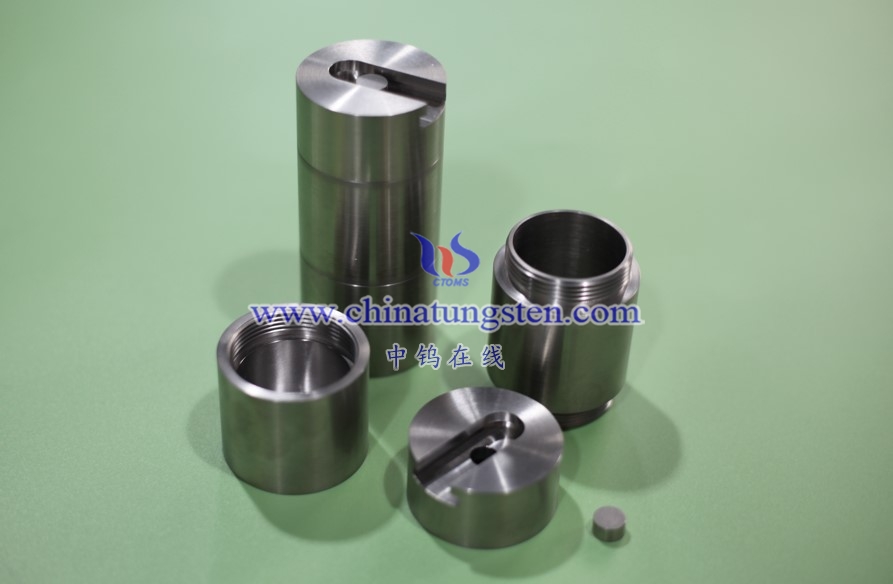
Customized R&D and Production of Tungsten, Molybdenum Products
Chinatungsten Online and CTIA GROUP LTD have been working in the tungsten industry for nearly 30 years, specializing in flexible customization of tungsten and molybdenum products worldwide, which are tungsten and molybdenum design, R&D, production, and overall solution integrators with high visibility and credibility worldwide.
Chinatungsten Online and CTIA GROUP LTD provide products mainly including: tungsten oxide products, such as tungstates such as APT/WO3; tungsten powder and tungsten carbide powder; tungsten metal products such as tungsten wire, tungsten ball, tungsten bar, tungsten electrode, etc.; high-density alloy products, such as dart rods, fishing sinkers, automotive tungsten crankshaft counterweights, mobile phones, clocks and watches, tungsten alloy shielding materials for radioactive medical equipment, etc.; tungsten silver and tungsten copper products for electronic appliances. Cemented carbide products include cutting tools such as cutting, grinding, milling, drilling, planing, wear-resistant parts, nozzles, spheres, anti-skid spikes, molds, structural parts, seals, bearings, high-pressure and high-temperature resistant cavities, top hammers, and other standard and customized high-hardness, high-strength, strong acid and alkali resistant high-performance products. Molybdenum products include molybdenum oxide, molybdenum powder, molybdenum and alloy sintering materials, molybdenum crucibles, molybdenum boats, TZM, TZC, molybdenum wires, molybdenum heating belts, molybdenum spouts, molybdenum copper, molybdenum tungsten alloys, molybdenum sputtering targets, sapphire single crystal furnace components, etc.
For more information about tungsten alloy products, please visit the website: http://www.tungsten-alloy.com/
If you are interested in related products, please contact us:
Email: sales@chinatungsten.com|
Tel: +86 592 5129696 / 86 592 5129595
